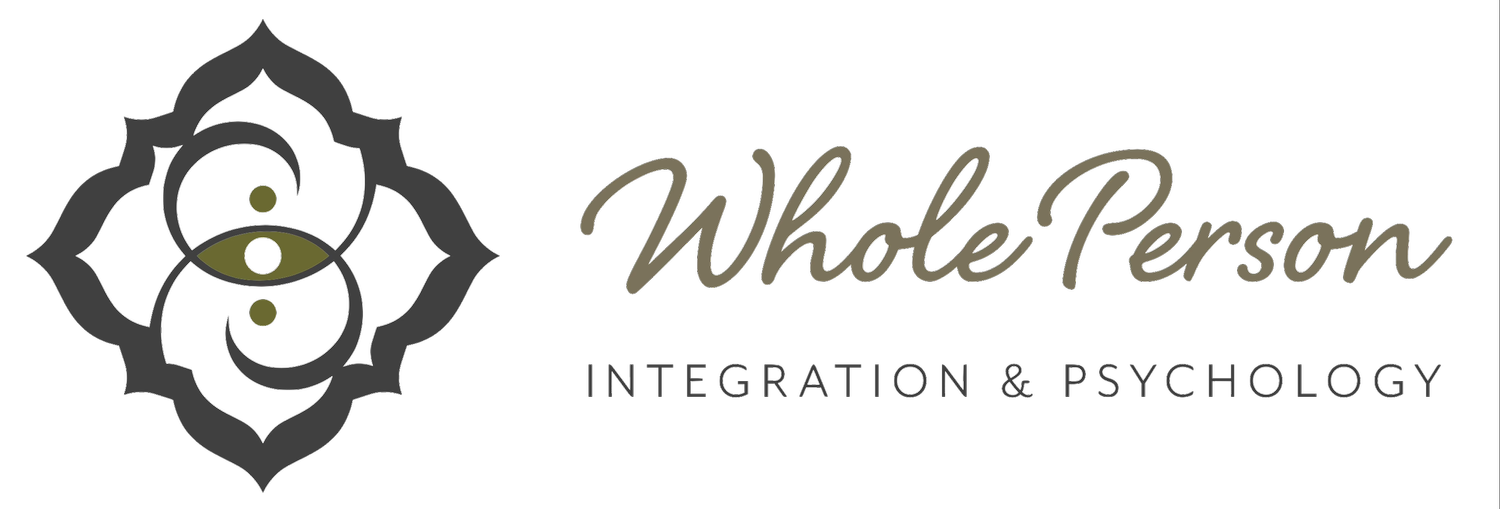Having an Eating Disorder in the Time of COVID-19
By: Dr. Denise Renye
Eating disorders, like other addictions, thrive in isolation so as you can imagine, the current pandemic is making eating disorder recovery particularly challenging. And the number of people struggling with an eating disorder isn’t small: Approximately 20 million women and 10 million men in the U.S. have a clinically significant eating disorder, according to the National Eating Disorders Association (NEDA).
The number is likely even larger because recent research shows disordered eating such as yo-yo dieting or feeling out of control around food is significantly more prevalent and rising (Mitchison). This pandemic is triggering eating issues not only in those with known eating disorders (anorexia, bulimia, binge eating, compulsive eating, orthorexia, or compulsive exercising), but also people who have a “complicated relationship” with food. We see that in the memes and comments circulating online.
People are worried about gaining the “COVID 15,” or 15 lbs. as a result of sheltering in place. Others are making jokes about it: “Do I call My 600-lb Life or do they call me? How does this work?” On the other end of the spectrum, ads and other content offer solutions to staying fit during quarantine. Even under normal circumstances those kinds of messages can trigger someone with an eating disorder, meaning create a desire for them to engage in unhealthy food or ritualistic behaviours around food or exercise. But right now when those messages are even more prevalent, it’s doubly hard to have an eating disorder.
Elements unique to COVID-19 will also exacerbate eating disorders. The first is what many people are struggling with: lack of physical contact. Shutting down gyms, in-person support groups, and treatment providers means those with eating disorders are learning new ways to cope. Some things have transitioned to online, but not everything. And the internet also has its limits. Many people with eating disorders use 12-step groups, group therapy, and other support groups to find relief and serenity through meeting with others in person. Some of those groups have transitioned online, and many are finding them to still be powerful. I’m sure you’ve noticed that yourself – meeting over Zoom is great and it’s different than meeting in person.
The other element in this pandemic that is triggering people with eating disorders is the hoarding and stockpiling phenomenon. When the grocery is out of an item during one visit, a person may want to buy double what they need next time due to fear. “What if the item isn’t at the grocery store next time?” This scarcity feeling can lead to not only buying more than a person needs, but also compulsive eating and/or bingeing. It’s the same thing that often happens after dieting: A person restricts the foods they’re eating and then because they feel deprived, something snaps and they start eating those foods excessively.
In addition to the hoarding and stockpiling phenomenon, the type of food that’s available right now may also not be a part of a person’s food plan. People are stocking their pantries and freezers with processed, packaged, and frozen foods to avoid going to the grocery store frequently. Those are precisely the foods many with eating disorders find problematic.
What’s a person with an eating disorder to do to support themselves in this time? Refer to my self-care blog, but also here are some specific tips:
1.) Face reality. Accept that you’re struggling and acknowledge that’s OK. Life is hard right now.
2.) Reach out for help to friends, family, and particularly people who “get it.”
3.) Limit social media and your time reading or watching the news because it may add to your stress.
4.) Reach out for professional help to a therapist such as myself. If finances are limited, there are free resources such as 12-step groups. Also, NEDA has a series of Facebook Live videos that may help.
5.) Stick to a schedule if you can in terms of when you sleep, wake up, and exercise.
Numbers you may find helpful:
· The National Eating Disorders Association helpline: 800-931-2237
· The Suicide Prevention Helpline: 800-273-8255
· Text HOME to the Crisis Textline number at 741741
Most importantly, recognize you’re not alone. Many people are struggling just like you are. Remember, this pandemic will end. We may not know when, but it will.
References
Caceres Vanessa. “How to Manage Eating Disorders During the Coronavirus Pandemic.” U.S. News and World Report. https://health.usnews.com/conditions/articles/how-to-manage-eating-disorders-during-the-coronavirus-pandemic. April 10, 2020.
Malacoff, Julia. “For Many People with Eating Disorders, Quarantine Is an Unexpected Trigger.” InStyle. https://www.instyle.com/beauty/health-fitness/coronavirus-eating-disorders, March 20, 2020.
Mitchison Deborah, Phillipa Hay, Shameran Slewa-Younan, et al. “The Changing Demographic Profile of Eating Disorder Behaviors in the Community.” BMC Public Health. 2014 Sept. 11;14:943.
NEDA. Eating Disorder Statistics. https://www.nationaleatingdisorders.org/toolkit/parent-toolkit/statistics

